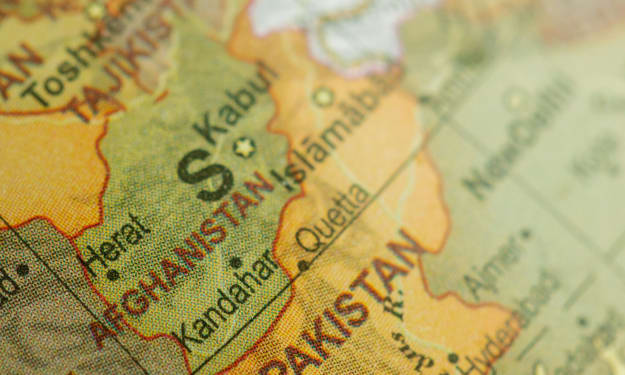
Let me transport you to a distant past where the relics of an ancient civilization still echo through the ages. Our story today takes us to the heart of the Indus Valley, where one of the most enigmatic and advanced civilizations in antiquity once thrived—the Indus Valley Civilization, also known as the Harappan Civilization.
Around 2500 BC, in the region that now spans parts of modern-day India and Pakistan, a remarkable society emerged. The Indus Valley Civilization flourished for nearly a thousand years, leaving behind a rich tapestry of archaeological wonders that continue to mystify and captivate researchers to this day.
Imagine the scene: The Indus River meanders through a vast and fertile plain, and along its banks, a network of sophisticated cities and towns emerges. The largest of these cities, Mohenjo-Daro and Harappa, were among the first urban centers in human history. Towering brick buildings, complex drainage systems, and a grid-like street layout characterized these ancient metropolises.
Our archaeological journey into the heart of the Indus Valley began with the excavation of Mohenjo-Daro. The city's layout astounded us; its streets were carefully planned, intersecting at right angles, and its houses featured indoor plumbing with intricate sewage systems—an engineering marvel unmatched in its time.
The people of the Indus Valley Civilization displayed a mastery of craftsmanship. They created exquisite pottery, adorned with intricate designs and motifs that depicted daily life, animals, and deities. Intriguingly, they used a script that, despite our best efforts, remains undeciphered to this day. Thousands of inscriptions have been discovered, yet the mystery of the Harappan script endures.
One of the most striking aspects of this civilization was its apparent lack of monumental architecture or grand palaces. Instead, the focus seemed to be on communal structures, like the Great Bath at Mohenjo-Daro. This massive pool, surrounded by a veranda and a series of rooms, was likely used for ritualistic bathing and religious ceremonies. The attention to detail and the engineering sophistication of this structure still leave archaeologists in awe.
The Indus Valley people were not just urban planners and builders; they were also traders and artisans. Archaeological finds revealed seals crafted from steatite, a soft stone, engraved with intricate animal motifs and inscriptions. These seals hinted at a vast trade network that connected the Indus Valley with distant regions like Mesopotamia. Some of these seals bore symbols that may represent the names of merchants or officials, providing tantalizing clues about their social structure and organization.
Religion and spirituality were integral to the lives of the Indus Valley people. Statues and figurines of deities, including the famous "Priest-King" statue, suggested a pantheon of gods and goddesses that held sway over their beliefs. Ritualistic altars and fire pits found within homes indicated a reverence for the divine in their daily lives.
Despite the civilization's achievements, it faced its own decline and mysterious end around 1900 BC. The reasons for its collapse remain a subject of scholarly debate. Environmental factors, such as changes in river courses and a shift in monsoon patterns, may have contributed to the decline. Additionally, evidence of urban decay and possible invasions from nomadic tribes have been proposed as factors in the civilization's demise.
As we continue to unearth the remnants of the Indus Valley Civilization, one thing is clear: their legacy endures in the form of sophisticated urban planning, artistry, and trade practices. They may have vanished into the annals of history, but their influence reverberates through the ages.
The Indus Valley Civilization reminds us that ancient cultures, however enigmatic, hold profound lessons about human ingenuity, adaptability, and resilience. Their secrets may be hidden beneath layers of time, but they continue to inspire the imagination of archaeologists, historians, and all those who seek to unlock the mysteries of our shared human heritage.
About the Creator
moha jone
I like science - fiction -- fantasy - adventure and I enjoy mystery






Comments
There are no comments for this story
Be the first to respond and start the conversation.